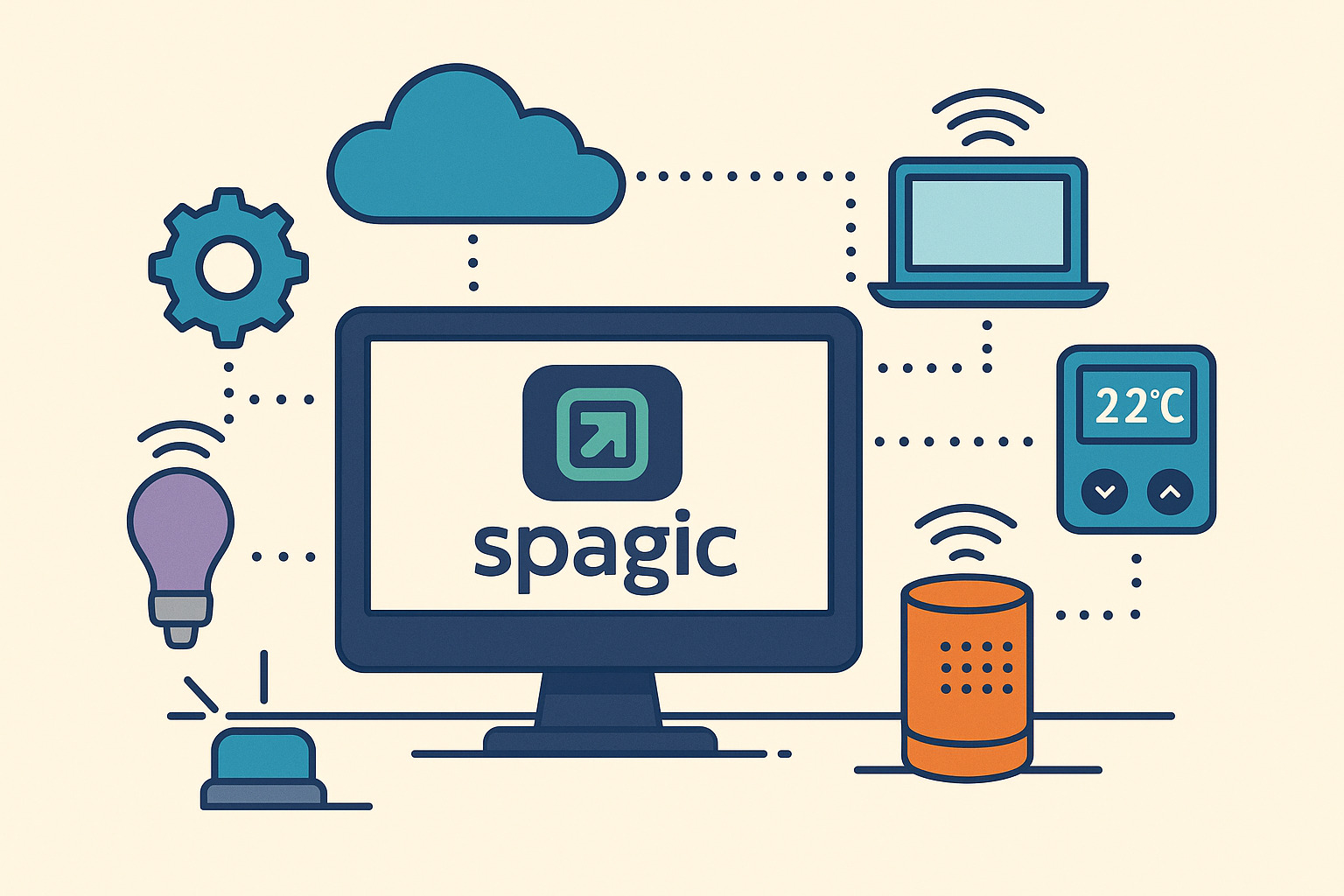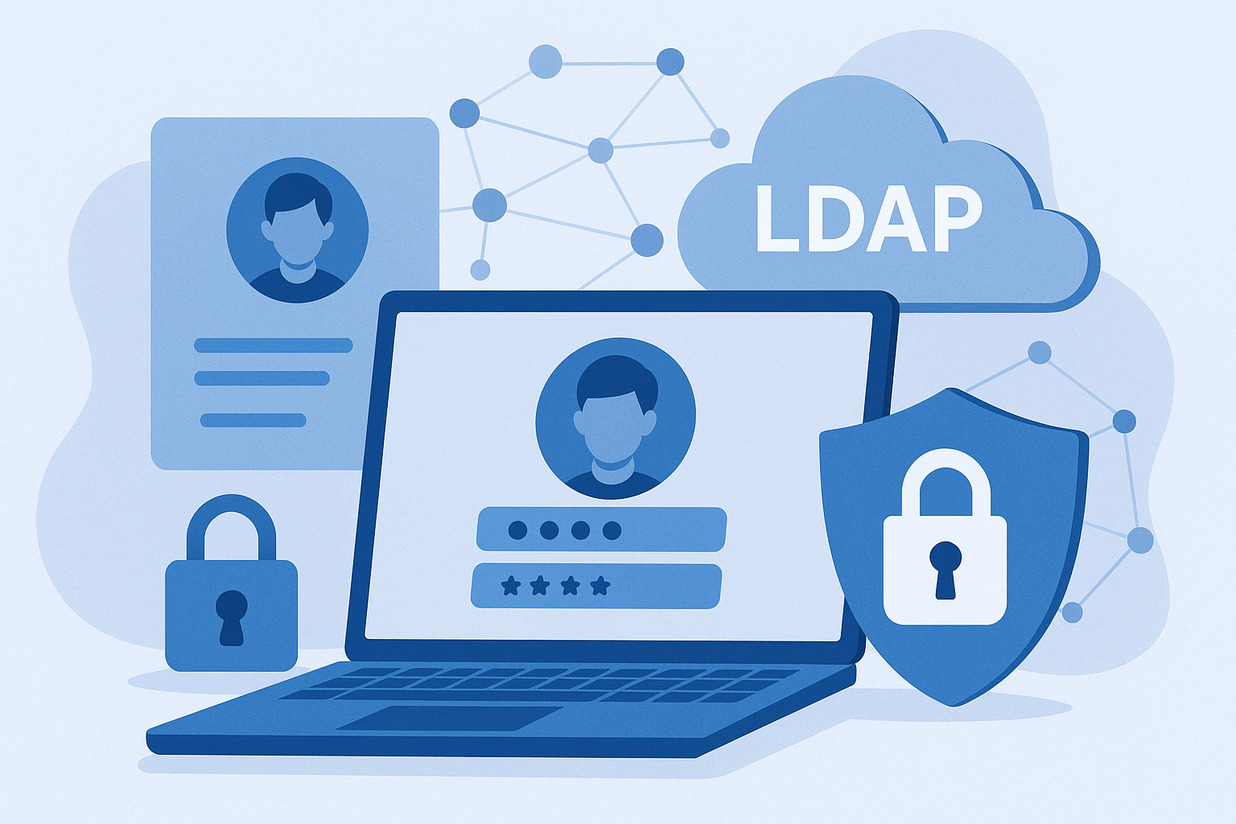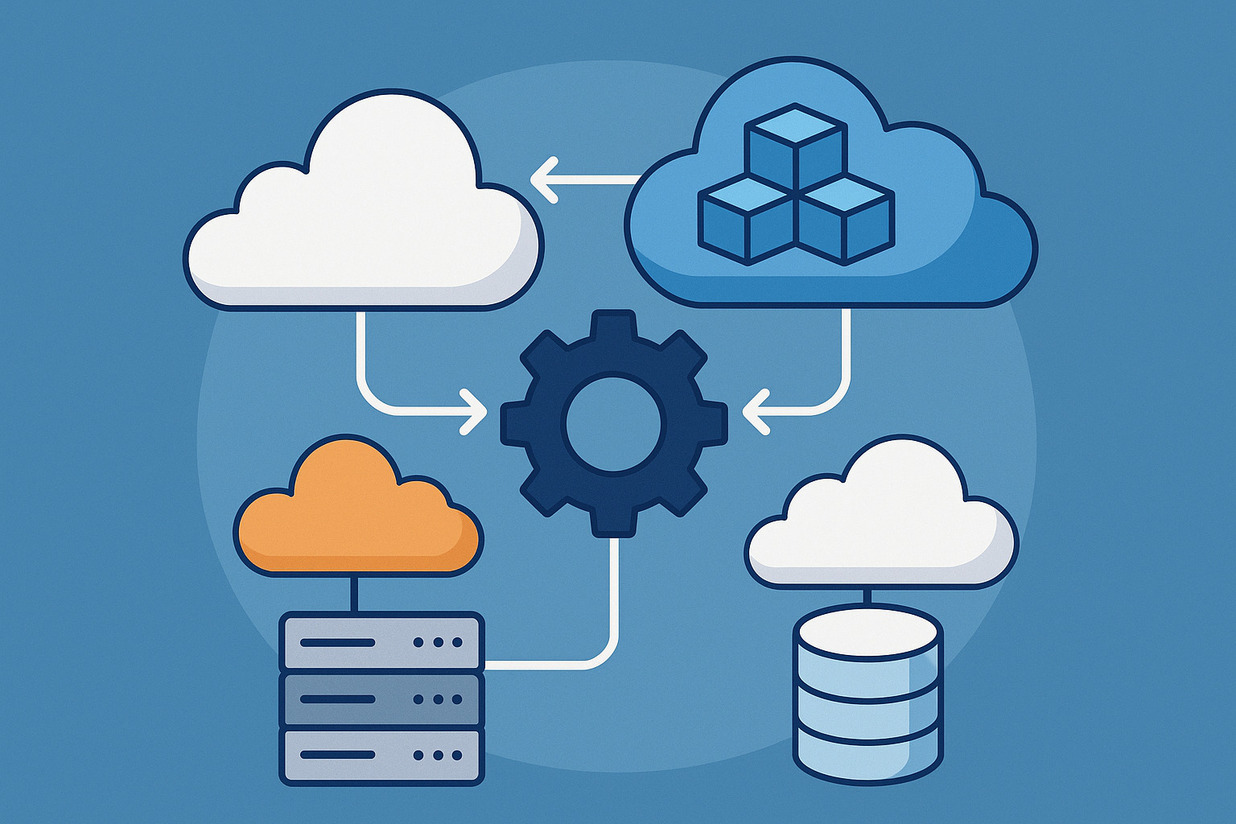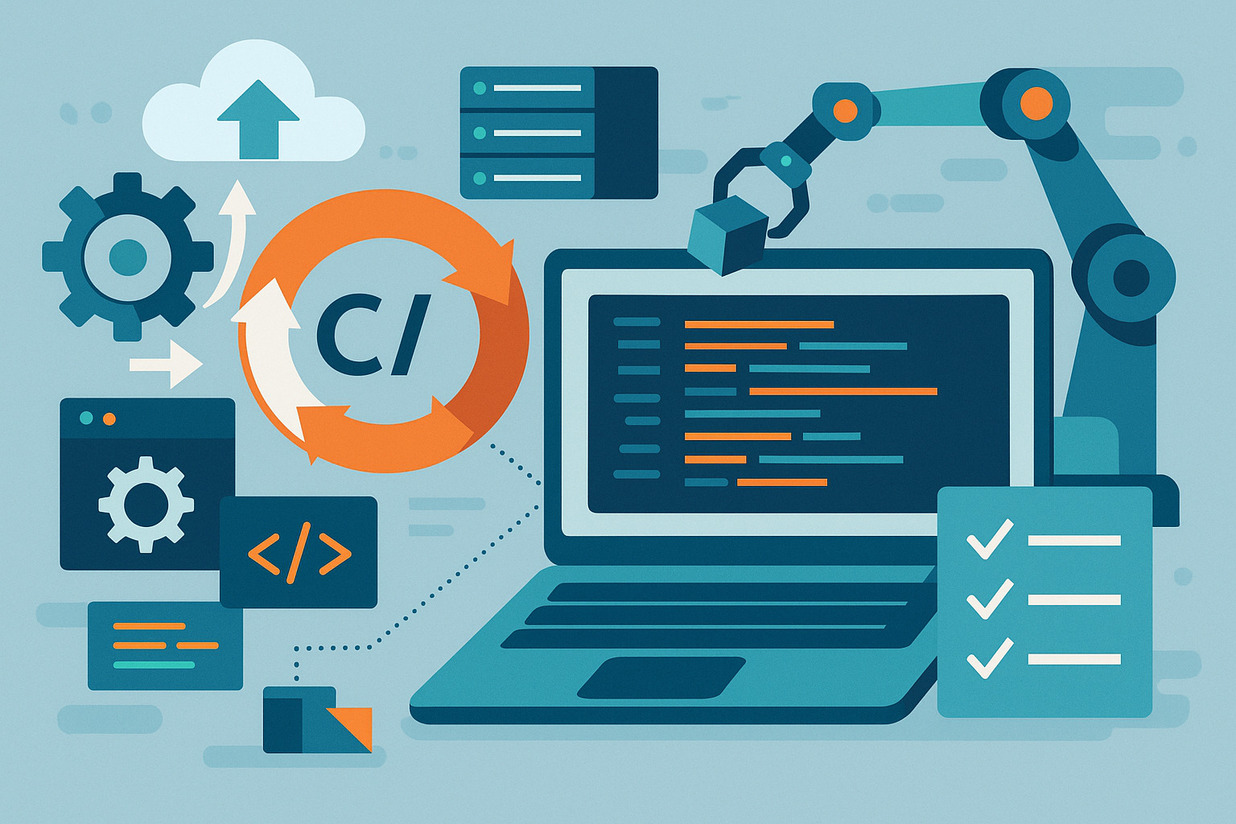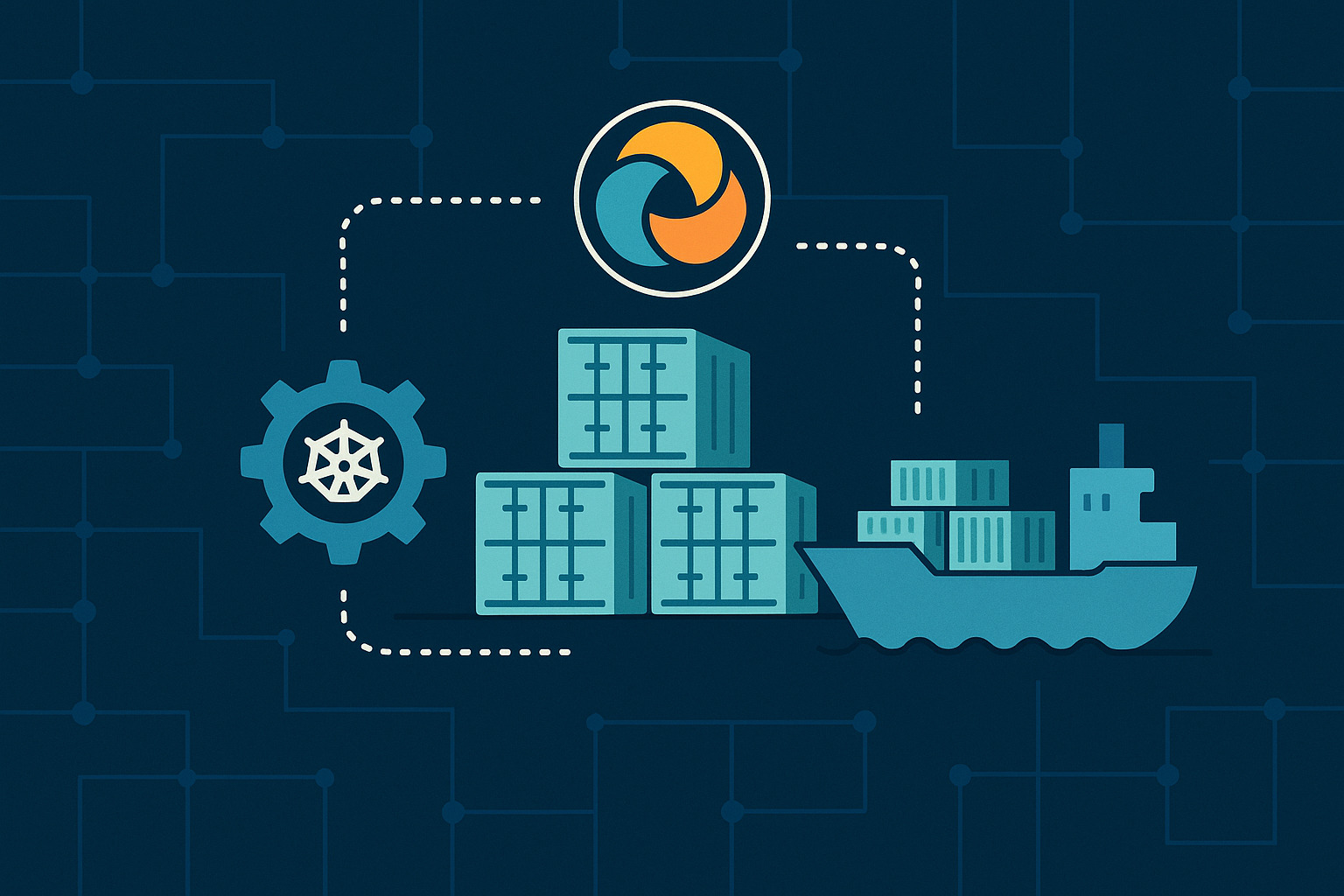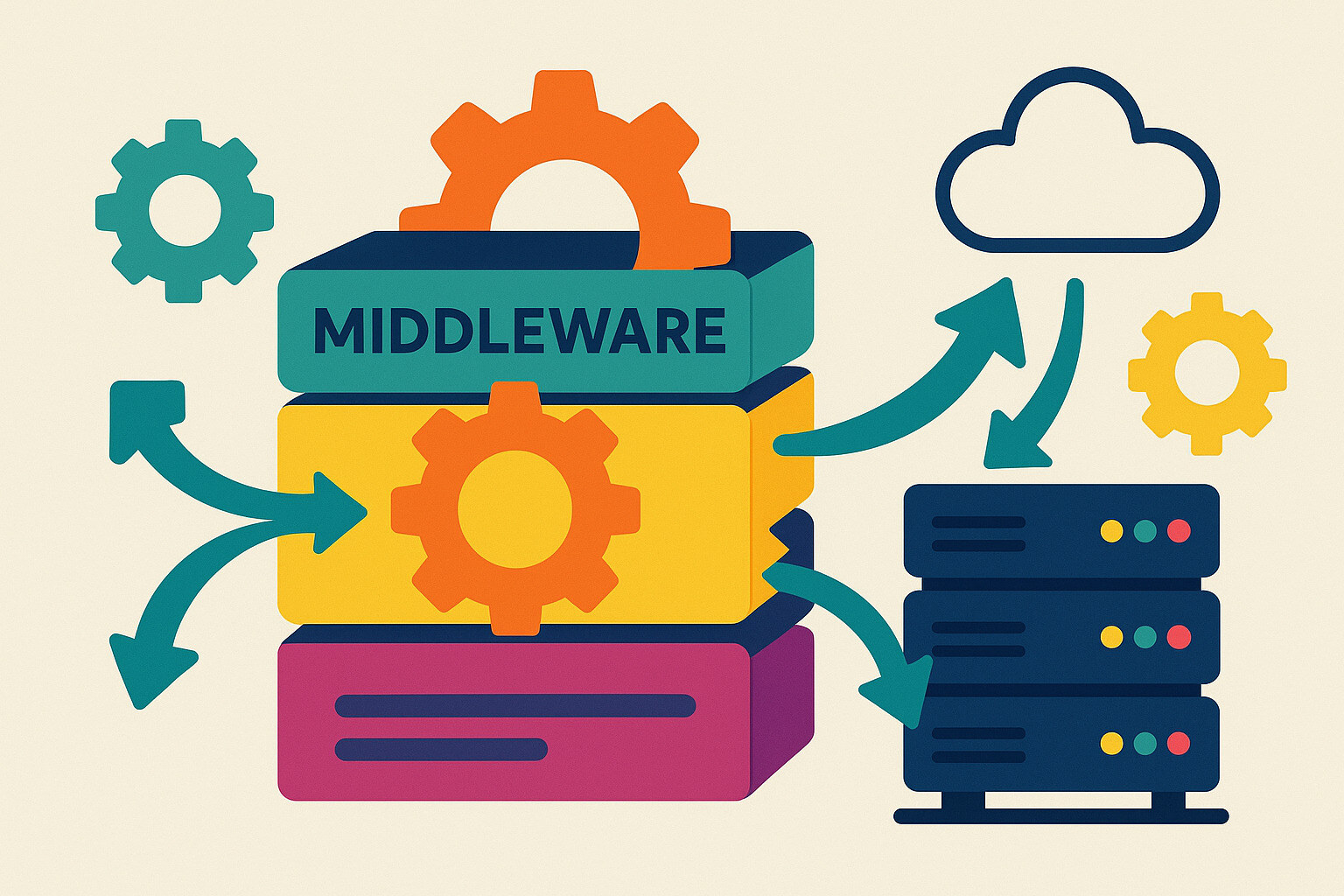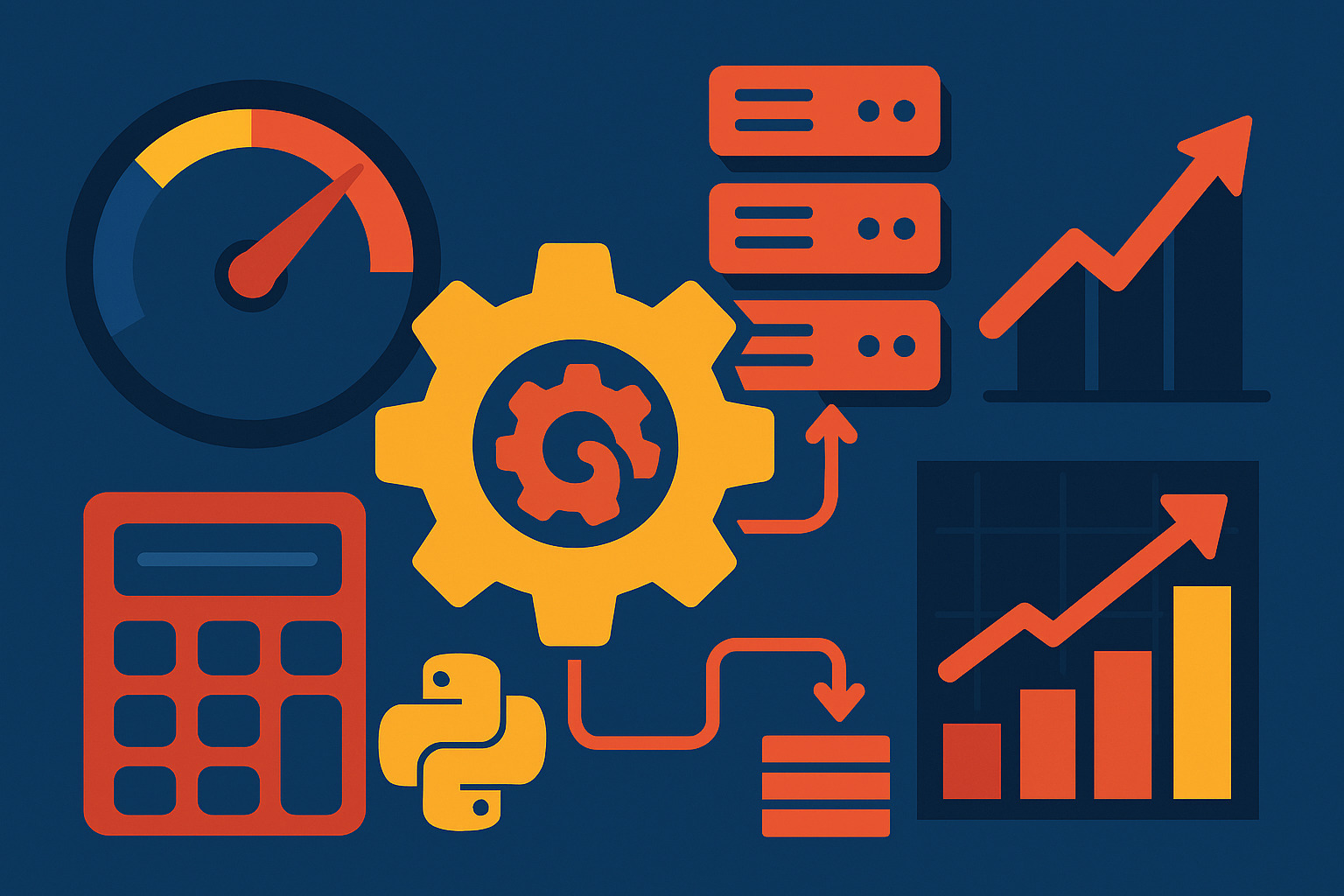Integrating Systems through Federated Identity As enterprise applications continue to grow, so does the need for unified user authentication. Instead of logging into each service individually, it’s more effective for users to access multiple systems simultaneously using a single identity. This is where the concept of federated identity comes in. With Spagic, authentication can be […]
Continue ReadingIntegrating Spagic with IoT Devices
Connecting Spagic Middleware to IoT Devices for More Effective Automation In this era of automation and interconnectivity, establishing a solid integration between enterprise systems and IoT devices is crucial. Through Spagic Middleware, centralized orchestration of previously siloed processes becomes possible. Whether you’re using sensors, smart modules, or embedded devices, this integration provides clearer control and […]
Continue ReadingSpagic User Authentication with LDAP
LDAP as Spagic’s Authentication Partner Integrating Spagic with LDAP provides a robust and centralized method for user authentication. For companies and system administrators, using LDAP offers a controlled and scalable solution for managing access. With growing demands for security, such solutions are increasingly preferred for being standardized and easy to integrate. LDAP, or Lightweight Directory […]
Continue ReadingCreate Custom Favicons for Spagic Middleware
Setting a Custom Favicon in Your Spagic Middleware Interface A software application’s user interface is more than just a tool for functionality—it also serves as a visual identity for the system. In the case of Spagic Middleware, a modular platform used for service integration and orchestration, visual branding plays a vital role in delivering a […]
Continue ReadingSpagic in a Hybrid Cloud Strategy
Aligning Spagic with Various Cloud Environments Migrating to a hybrid cloud setup has become essential for many organizations. Today, companies often combine on-premises systems, private clouds, and public clouds to meet different operational needs. This is where Spagic excels as a middleware platform, offering consistent control across these environments. In a hybrid cloud model, parts […]
Continue ReadingAutomating Spagic Deployments with a CI/CD Pipeline
Easier Life for Integration Teams Deploying integration flows should not rely on manual steps every time updates occur. Instead, organizations using Spagic as their middleware integration tool should automate deployment through a CI/CD pipeline. With this approach, project releases become smoother, faster, and more consistent. Moreover, automation reduces errors, accelerates delivery, and builds greater confidence […]
Continue ReadingOrchestrating Containers with Spagic and Kubernetes
Combining Spagic and Kubernetes for Better Container Management In modern application development, managing containers plays a critical role in building reliable systems. Today, organizations handle dozens—sometimes hundreds—of interconnected services, integration points, and automated deployment pipelines. Placing an application inside a container is only the first step; the real challenge arises when teams need to orchestrate […]
Continue ReadingCreating a Scalable Middleware Architecture with Spagic
Building reliable, flexible systems through modular design and service orchestration Middleware acts as the connection point between applications, services, and data. In systems where everything from customer portals to financial tools must work together, the middleware needs to scale without slowing down. If one part gets overloaded, the whole chain can feel the impact. Spagic […]
Continue ReadingThe Impact of Caching on Spagic’s Performance
Why caching affects performance in integration platforms Spagic helps systems talk to each other through well-defined processes, but those processes often involve repeated calls to the same services or data sources. This repetition can slow things down, especially when every call makes a trip to a remote server or a large database. Caching offers a […]
Continue ReadingAssessing Spagic Scalability Under Load
Evaluating how Spagic performs when systems grow and workflows increase As workflows grow and more systems connect through Spagic, it’s natural for performance questions to come up. Businesses often start with just a few integrations. Over time, they add more services, data streams, and endpoints—all of which place greater demand on the system. Without testing […]
Continue Reading
